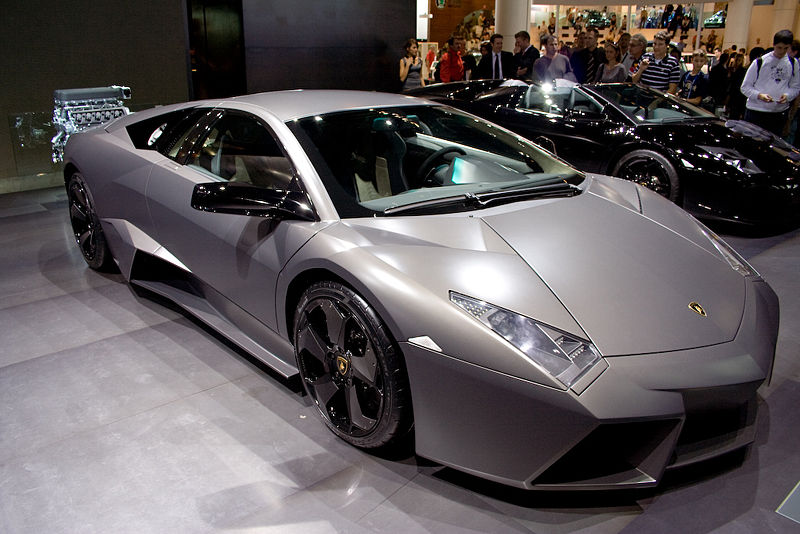Transporter 2 is a 2005 action film directed by Louis Leterrier and produced by Luc Besson. It is the sequel to The Transporter (2002). It is itself followed by Transporter 3 (2008).
Jason Statham returns as Frank Martin, a professional "transporter" who delivers packages without questions. Set in Miami, Florida, he chauffeurs a young boy who is soon kidnapped, who Frank tries to save.
Frank Martin (Jason Statham) has relocated from southern France, to Miami, Florida, where he is driving for the wealthy Billings family, headed by Jefferson Billings (Matthew Modine). Frank has unexpectedly bonded with the Billings' son, Jack (Hunter Clary), whom he drives to and from elementary school in his new Audi A8 W12[2]. Frank is also preparing for the arrival of Inspector Tarconi (François Berléand), his detective friend from France, who has come to spend his holiday in Florida with Frank.
Frank takes Jack to a doctor's checkup, only to be ambushed by a gang of ruthless criminals dressed as doctors who are attempting to inject Jack with a deadly virus. A lengthy fight erupts between the armed villainess Lola (Kate Nauta) and the unarmed Frank; nevertheless, Frank is able to escape with Jack. Frank drives back to Jack's house, but Lola arrives and forces her way into his car when he is held at a standoff by an unseen sniper capable of penetrating the car's bulletproof glass. Frank then drives Lola and Jack away from oncoming police units in a long chase sequence.
They arrive at a warehouse occupied by a gang led by Gianni (Alessandro Gassman), the Italian antagonist and ringleader of the operation. Frank is forced to leave Jack in the hands of Gianni and his gang. While leaving the warehouse, he discovers an explosive attached to the car and succeeds in removing it prior to detonation. Jack is later returned to his family after the payment of a ransom, but unknown to them and Frank, Jack has been infected with a deadly virus that will eventually kill anyone that comes into contact with it "within a span of 48 hours".

transporter 2 lamborghini

transporter 2 lamborghini

transporter 2 lamborghini

transporter 2 lamborghini

transporter 2 lamborghini
 lamborghini spyder
lamborghini spyder lamborghini spyder
lamborghini spyder lamborghini spyder
lamborghini spyder lamborghini spyder
lamborghini spyder lamborghini spyder
lamborghini spyder











































